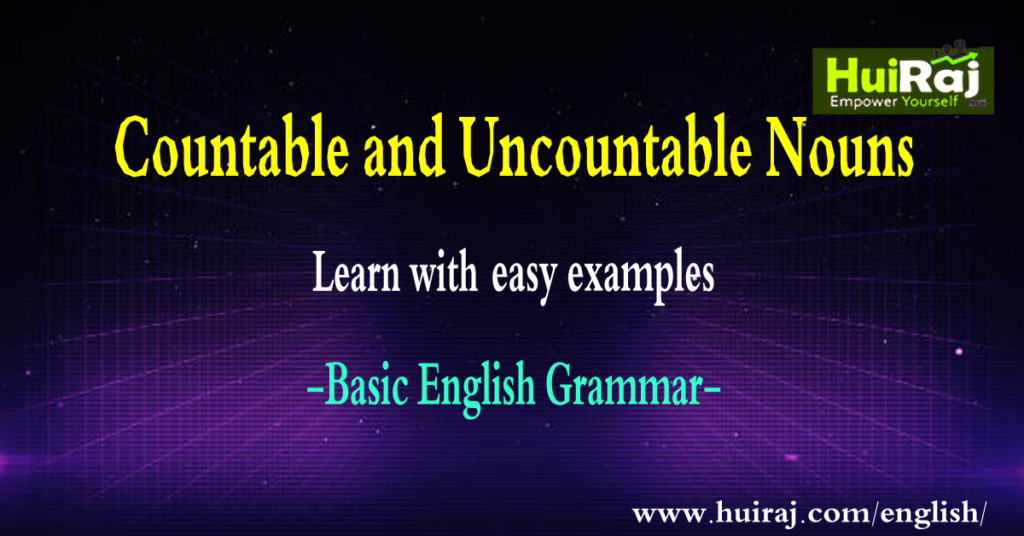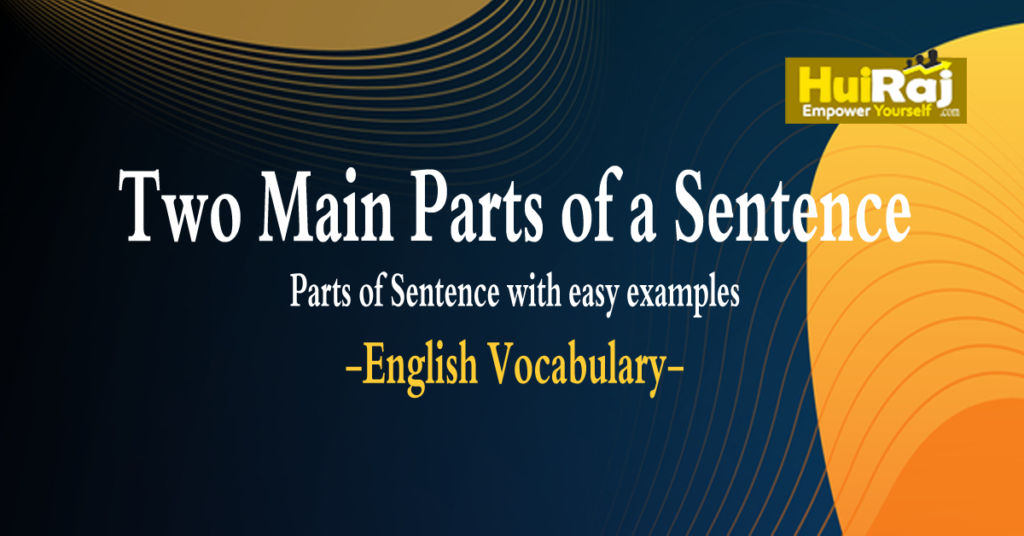We learned briefly about Tense and Time in Step-11. Now, we learn about Time and Tense in detail. As we all know what the time is. The flow of time is continuous and unbreakable. But for our convenience, we have divided time into three parts – the present, the past, and the future. The present is the period of time that is happening now. I can give an example that you are reading this now. This may be a very short moment like a second or a longer period like a year. Look at the examples:
- Look, how the chalk breaks now. (Somebody says this while demonstrating.)
- I live with my parents now.
Both the sentences refer to the present time i.e. now. But now in the first sentence is a very brief period- an instant. But in the second sentence now is a longer period may be some years. Now, today, this month, etc belong to the present time.
The time that passed before now is the Past. For example, a moment ago, yesterday, last week all belong to the past time. On the other hand, the time that will come after now is the future. Next moment, tomorrow, the coming month, etc belong to the future. We can represent our idea of time with the help of a straight line.
TENSE
Many people confuse time with tense. They think time and tense to be the same thing. Actually, they are separate ideas. Time is a concept that we express in terms of the year, month, day, hour, etc. A tense is a verb form that we use to express time.
For example.
3. a. I want some money now.
b. he wants some money now. (Here in sentences a and b, ‘Now’ is for the present time.)
4. I/He wanted some money yesterday.
In the above examples, in sentences 3a and 3b we have used the verb want(s) to talk about the present time i.e. now. The –s added to want in 3.b. shows that the subject is in the third person singular number. In sentence 4 we are talking about the past time i.e. yesterday. So we have added the past time marker ‘ed’ to the base form of the verb want. Wanted is the past tense form of the verb want. There are other ways of changing the base form of the verb to mark it for the past tense. See the examples below.
| The present (tense form) | The past (tense form) | Addition(change) | |
| By adding –ed (regular verbs) | Want Call Pull | Wanted Called Pulled | +ed +ed +ed |
| By other ways (irregular verbs: These verbs do not follow any fixed rule for the past tense form | Be Arise Bear Become Begin Bend Bind Bite Bleed Blow Buy Put shake | Was/were Arose Bore Became Began Bent Bound Bit Bled Blew Bought Put Shook | Complete change (i=o) (ear=ore) (o=a) (i=a) (d=t) (i=ou) (e-dropped) (ee=e) (o=e) (wide change) (no change) (a=oo) |
HOW MANY TENSES ARE THER IN ENGLISH?
You have learned that there are three distinct phases of time: the present, the past, and the future. Let’s see how we talk about them in English.
- Mr Dash teaches us English. (The present tense form for the present time)
- Mr. Pradhan taught us English last year. (the past tense form for the past time)
- Mr Mishr will teach us English next year. (Future time)
In sentence, 5-teaches is the simple present tense form of the verb teach and it tells us about an action that takes place in the present time. In sentence 6-‘taught’ is the past tense form of teach and it tells us about an action that took place in the past i.e. last year. This shows that the simple present tense is mainly used to talk about things and happenings of the present time and the simple past tense is used to talk about events of the past time.
Now, let us examine sentence 7. Here we are talking about an action of the future time (next year). We have used the group verb will teach. Will teach is not the future tense form of teach. Will is a modal verb in the present tense form. The verb teach does not have any tense form of its own to indicate the future time. So it is said that the English verb has only two tense forms –the present and the past-usually to talk about the present and the past time respectively. It does not have a future tense form. Then how do we talk about the future time? Study the following sentences.
- I shall/will come with you. (shall/will+ a full verb).
- The sky is clear. It is going to be a sunny day, (be+going+to)
- Tomorrow is a holiday. (the present simple tense)
- Lucky is coming here tomorrow. (the present progressive)
All the above sentences talk about actions in the future time. We have used different verbs for the future reference. You will learn more about them in Advanced Steps i.e Step-61
THE FUTURE
Now study the sentences in the table below and try to find out the future tense forms of the verbs given in the first column. Do the verbs have any future tense form to talk about the future time?
| Name of the verb | Present tense for the present time | Past tense for the past time | Any future tense form for the future time? |
| Be | I am ill now. He is ill now. You are ill now. | I was ill yesterday He was ill yesterday You were ill yesterday | I——-tomorrow I—–tomorrow You—-tomorrow |
| Have | I/You/We/have a pet now. He/Ratan has a pet now | I/we/you had a pet last year. He/Ratan has a pet last year. | You……….a pet tomorrow He——a pet tomorrow. |
| Play (or, any other main verb) | I play the violin He goes to school this year. | I played the violin yesterday. He went to school last year. | I——the violin tomorrow. He——–to school tomorrow. |
Now, what do you conclude? Does an English verb have any future tense form?
Exercise-1
- Mira did her homework.
Ans: Mira did her homework.
Tense-past, Time-Pat.
- Are you doing anything this evening?
- The sun sets in the west.
- I saw him yesterday.
- It was raining all day yesterday.
- I got the first division last year. I had studied hard for it.
- Suvendu will arrive by train.
- Tomorrow is Sunday.
- My father reads the newspaper at breakfast.
- I am going to finish this exercise.

